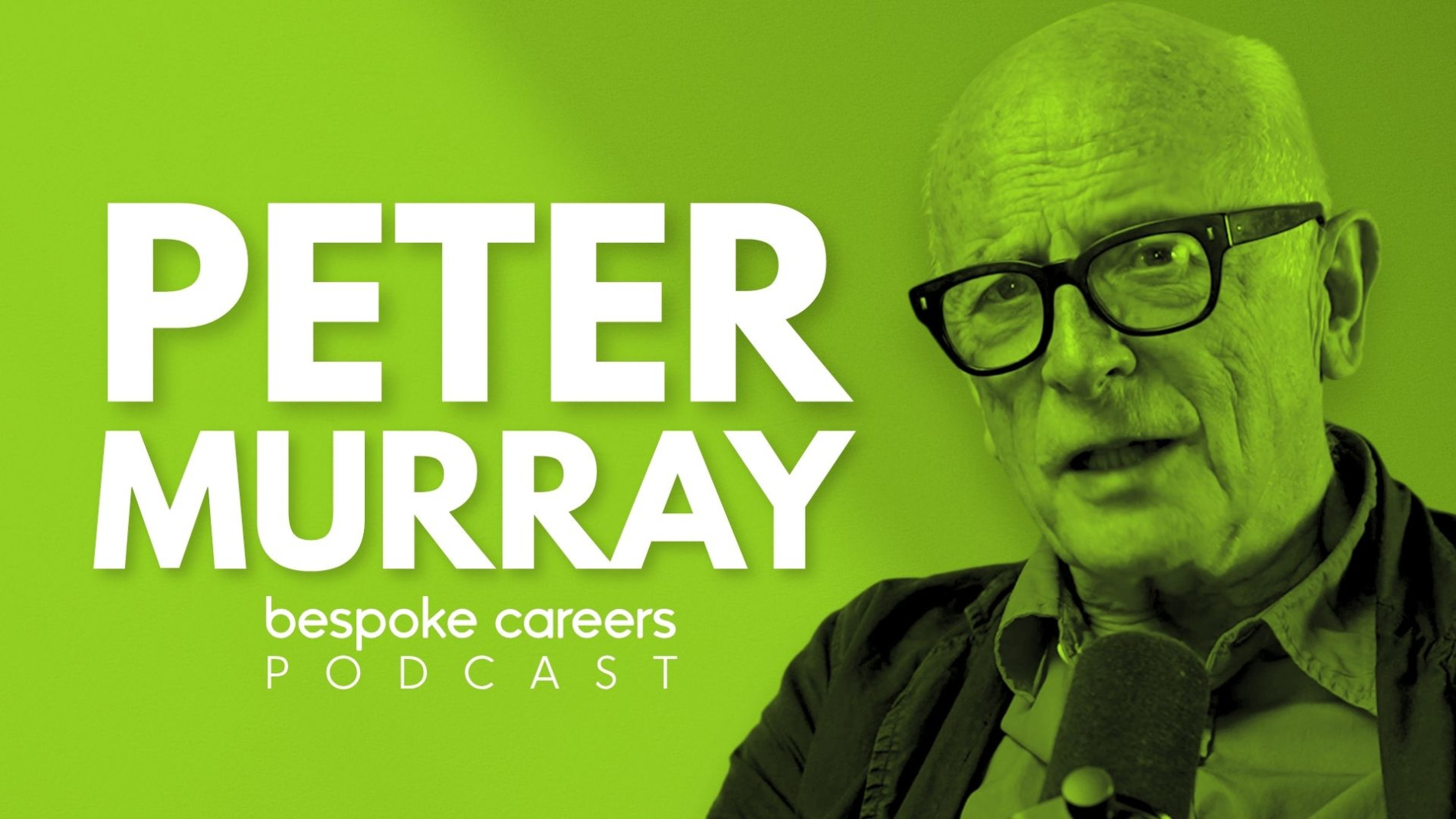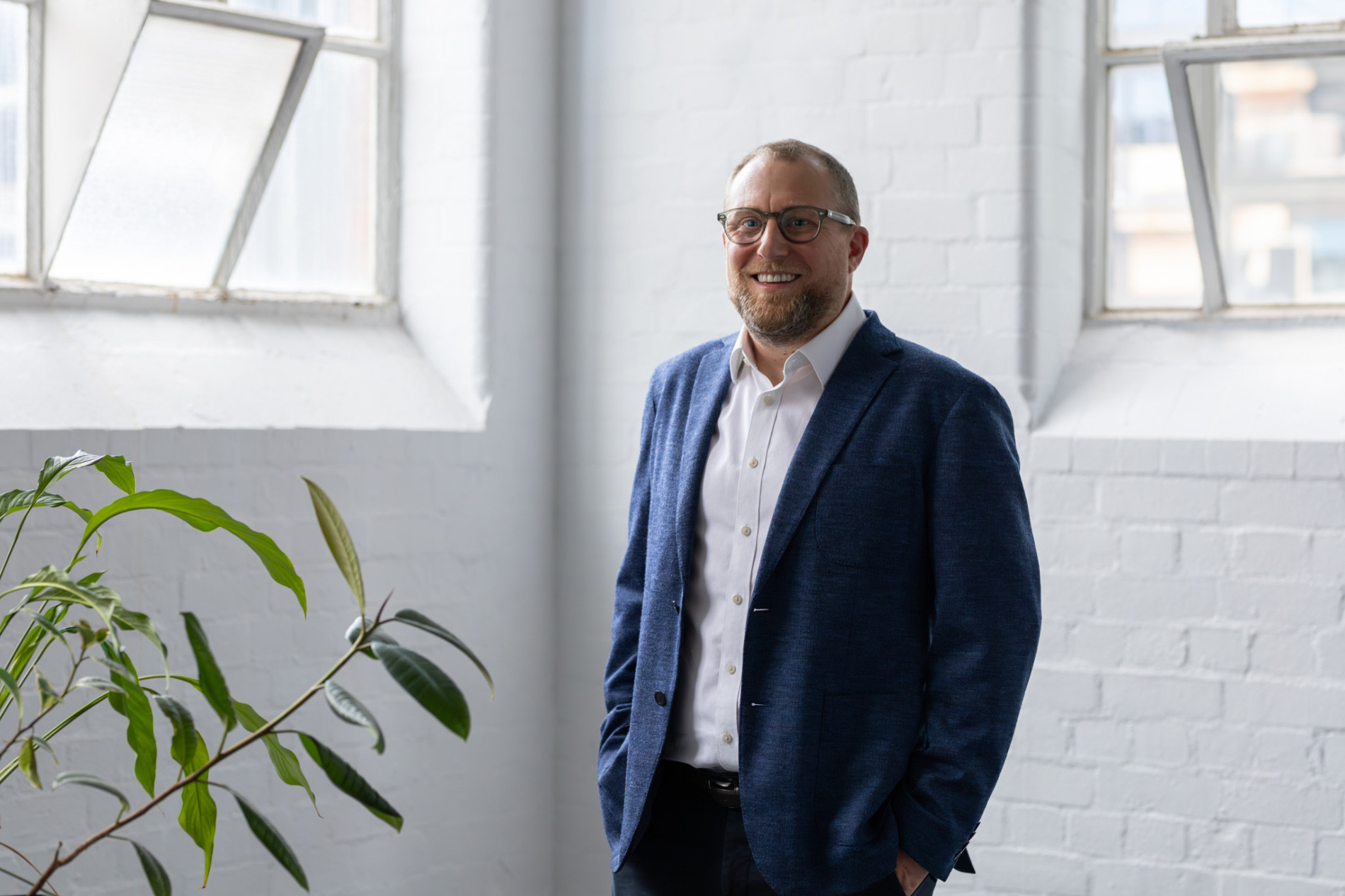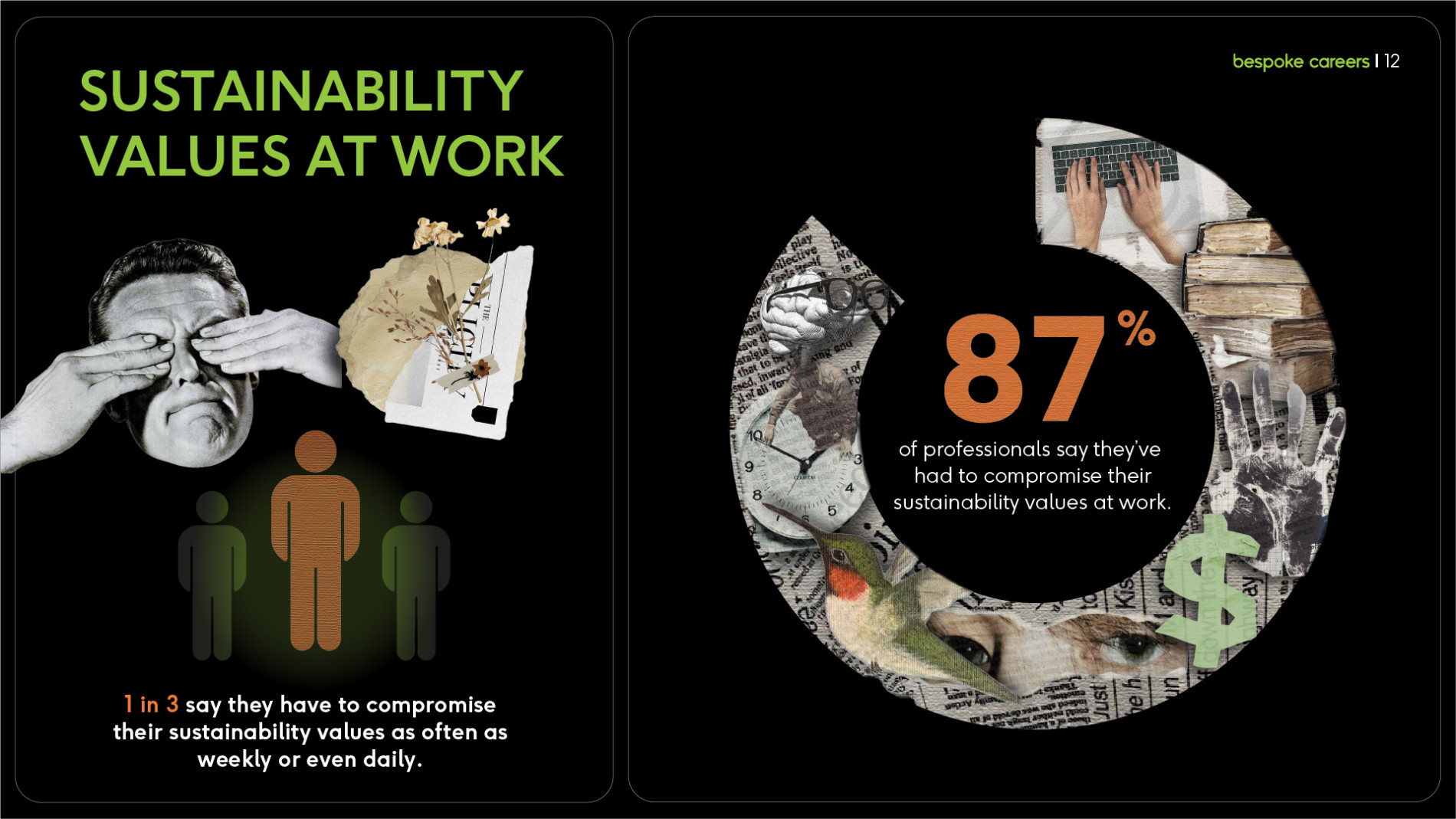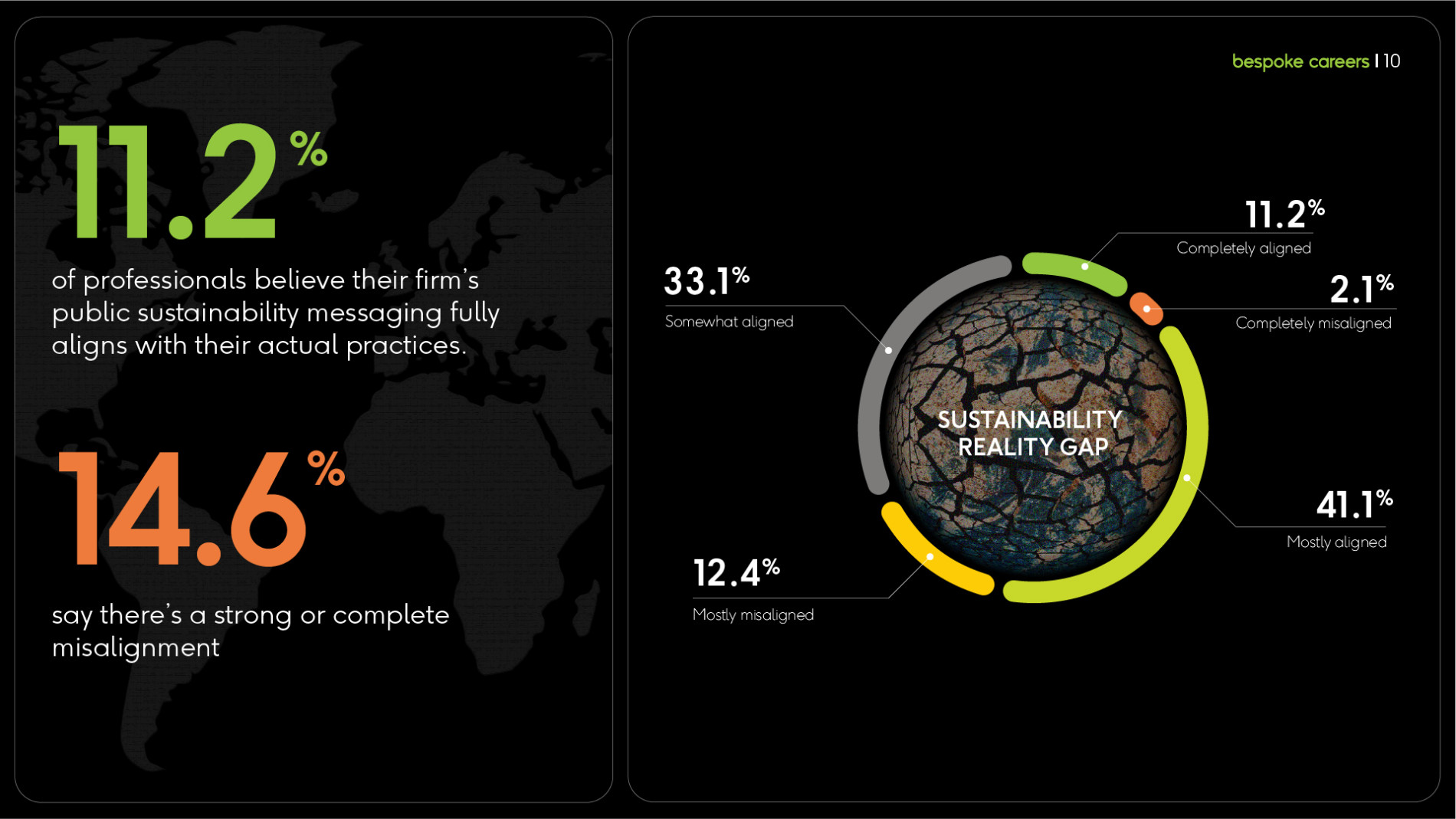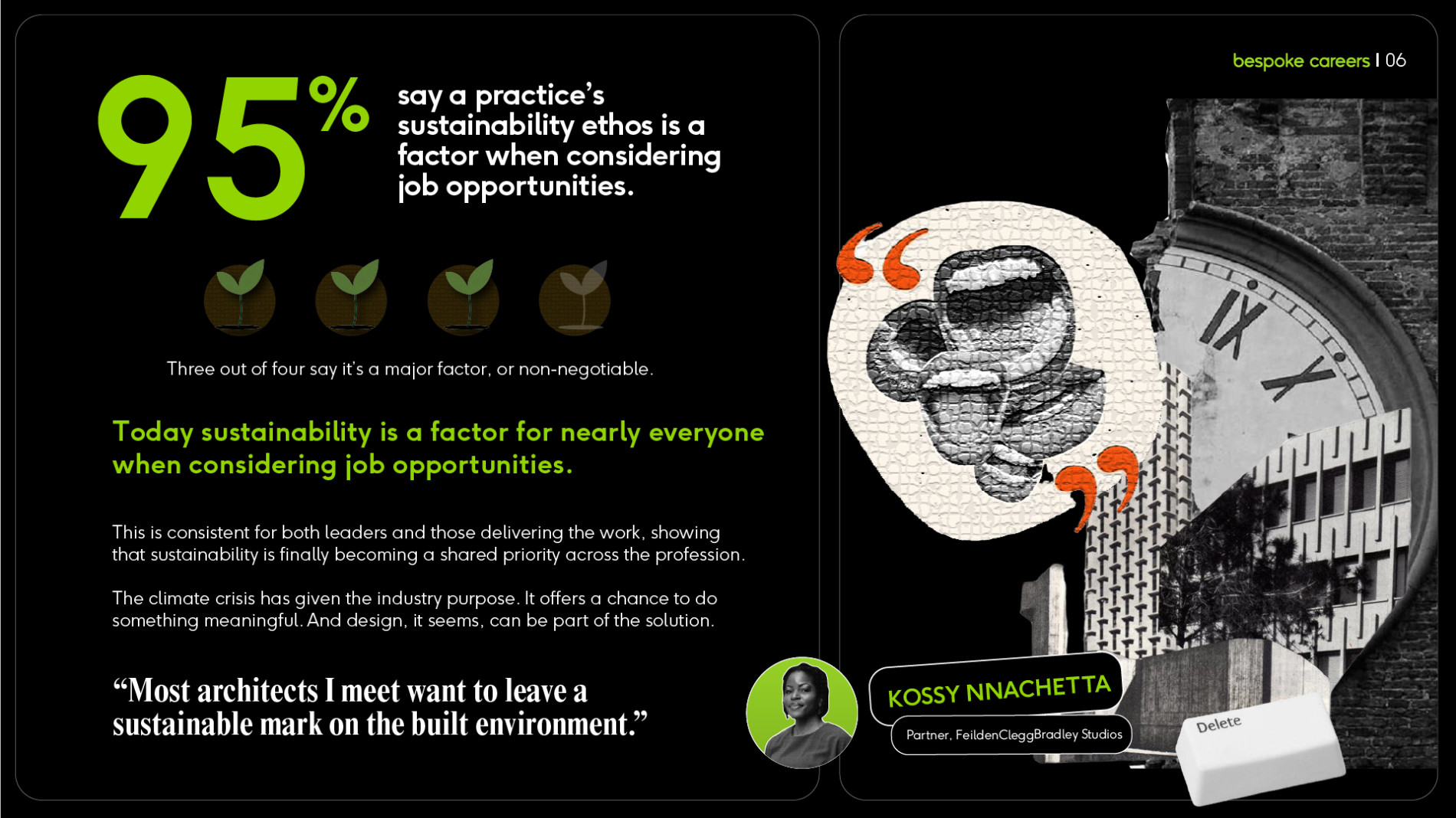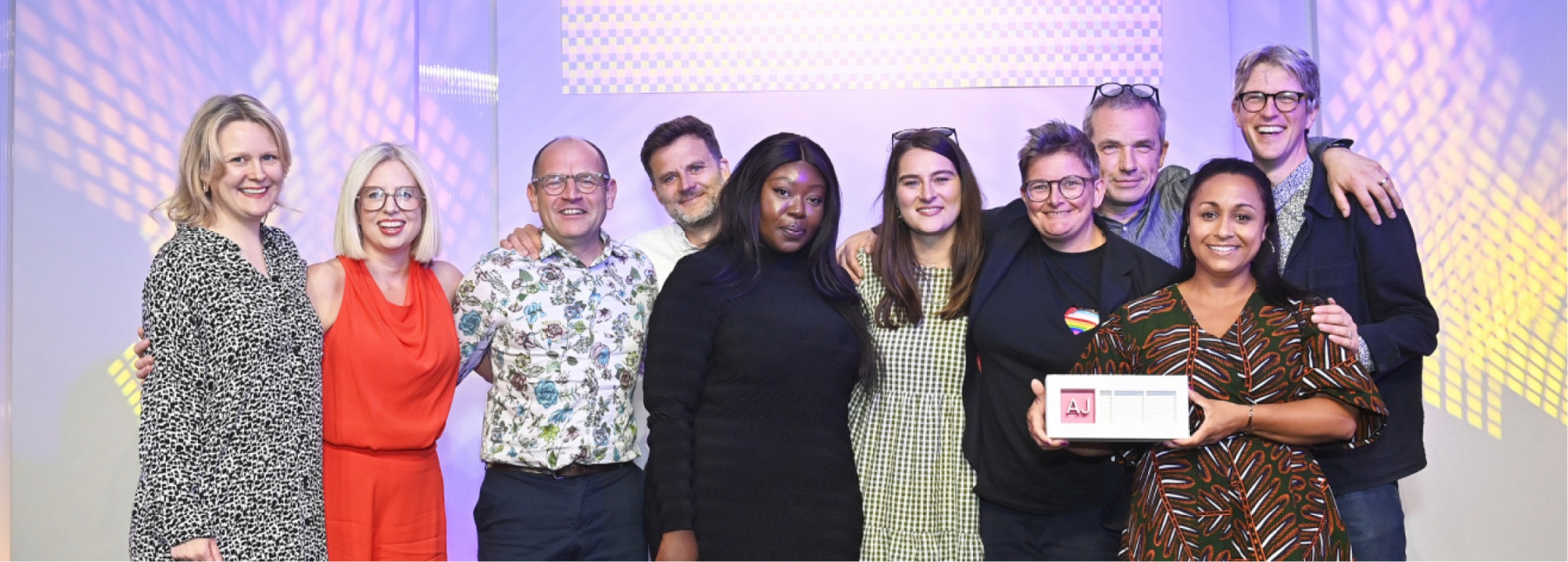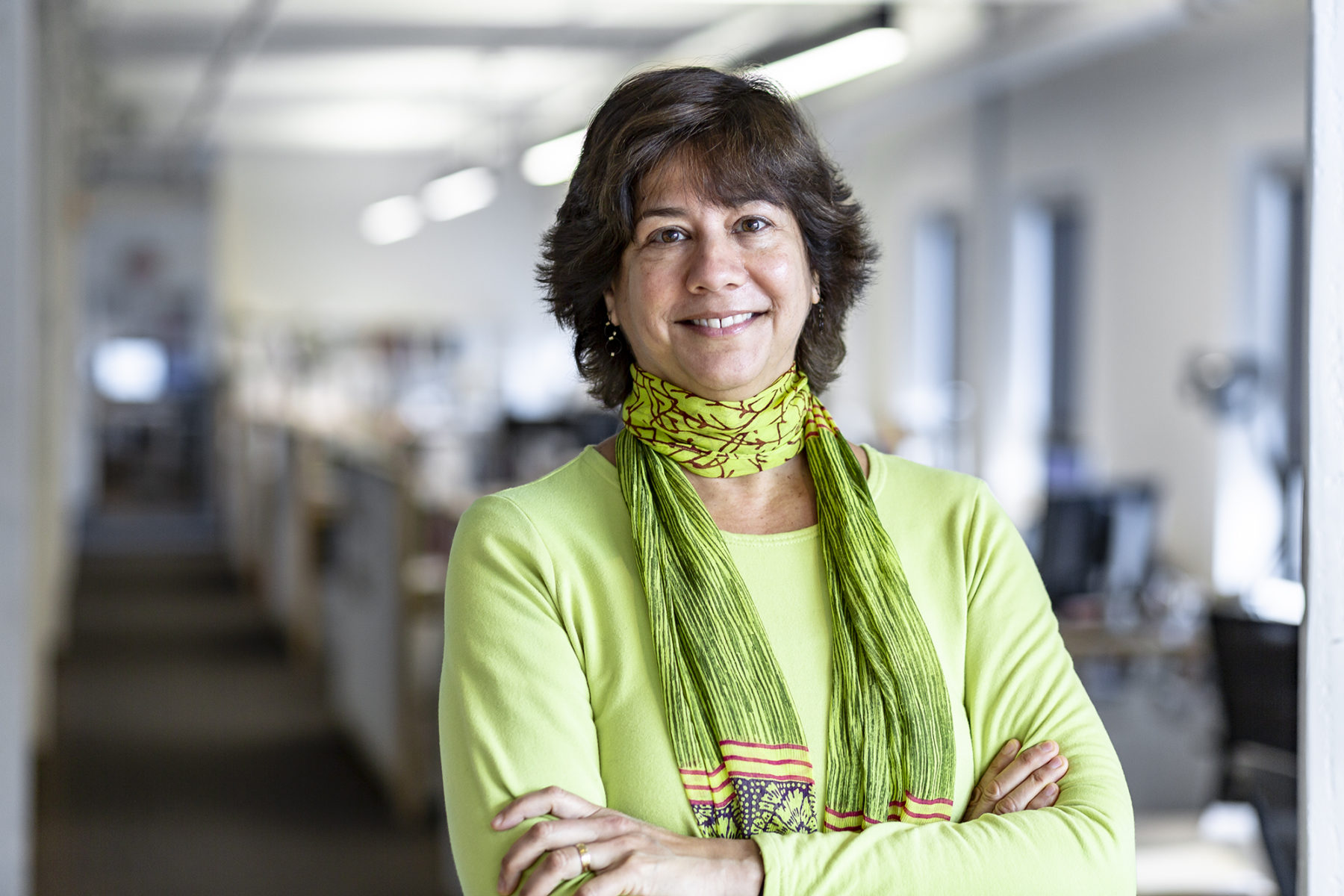
Tamar Warburg: Young Designers are Leading the Way
Tamar Warburg discusses responsibility in design, hiring, and young talent driving measurable sustainability.
Tamar Warburg is director of sustainability and associate principle at Sasaki, a 300-strong architecture, landscape, planning and urban design practice in Boston. She joined Sasaki in 2019 after a 25-year career in sustainable design. In addition to project work, she directs Sasaki’s sustainable leaders programme, training staff responsible for sustainability targets and metrics on projects.
Download the report
Where did you train as an architect, and to what extent did sustainable design figure into your education?
TW: I trained as an architect at Harvard Graduate School of Design. During my 3 ½ year programme, I had just one course on mechanical systems, nothing on sustainability.
What does sustainable design mean to you?
TW: Taking responsibility for the incredible impact that design for the built environment has on the health and well being of people, of our communities and the planet. We should have our own Hippocratic Oath: above all, do no harm. What we do matters, and we can design in such a way as to do no harm.
Was there a light bulb moment when you became engaged with the impact of architecture on climate change?
TW: There were two. The first was seeing the world through my husband’s eyes and observing how he used law as a tool tackle the climate crisis. I had to find a way to have an impact as an architect. It was actually an article by Ed Masria in Metropolis magazine about how urban life is the most sustainable because of the carbon impact of suburbia and rural living that prompted me to double down on architecture as a tool for environmental change. That was a long time ago!
Were there any pivotal sustainability learning moments in your career?
TW: Once you seek to identify impacts on projects, the sky’s the limit.
From our survey, 87% of architects and designers feel they have to compromise their sustainability values at work. Does this surprise you? Have you ever had to do this? And if yes, how did manage it?
TW: I addressed this by starting my own firm when I was fairly young, a studio called the Green Architecture Studio in Israel. And I did it because I was hired to do a project that was supposedly going to be extremely environmentally responsible and feeling that there were limits as to how much I could do working for someone else who wouldn’t go to bat. That’s how I got around that problem, honestly.
According to our survey, only 11% of architects and designers feel that their firm’s public sustainability messaging completely aligns with their values or completely aligns with its actual practices. What’s your experience of this?
TW: There’s often a difference between the values that leadership express and would like to uphold and the practices that are implemented throughout the hierarchy of the organisation. Leadership may have wonderful ideals that their organizations have difficulty implementing.
For example, some colleges and universities in the US signed the President’s commitment to reach carbon neutrality by a certain date, but often made those declarations without budgets or the engagement of facilities and operations management people that bear the burden of executing a change. If you don’t have budget and the people who are actually doing the work aligned, you can get that distinction.
Design firms that don’t just talk the talk, but also walk the walk, can do incredible work because there’s so much room within any project to improve the resilience of our communities and the planet. It’s just a question of what we can do to innovate on any particular project.
Describe a standout sustainable project that you have worked on recently or are working on currently
TW: One of the advantages to a place like Sasaki is that it is much more impactful to tackle climate action when you’re able to do the planning, architecture and landscape on a project.
Ellinikon is an enormous public park in Athens, Greece on the site of a former airport. What does it take to make a zero energy, zero carbon park? Reuse of not only the buildings like the terminal, but also harvesting the concrete from the runways for benches, retaining walls, and other landscape features, as well as investing in native plantings and enriching soils to store and sequester carbon in landscape materials. We planted a field of ground-mounted solar PV to generate all the electricity for the park. That was a dream project because it involved integrated design thinking.
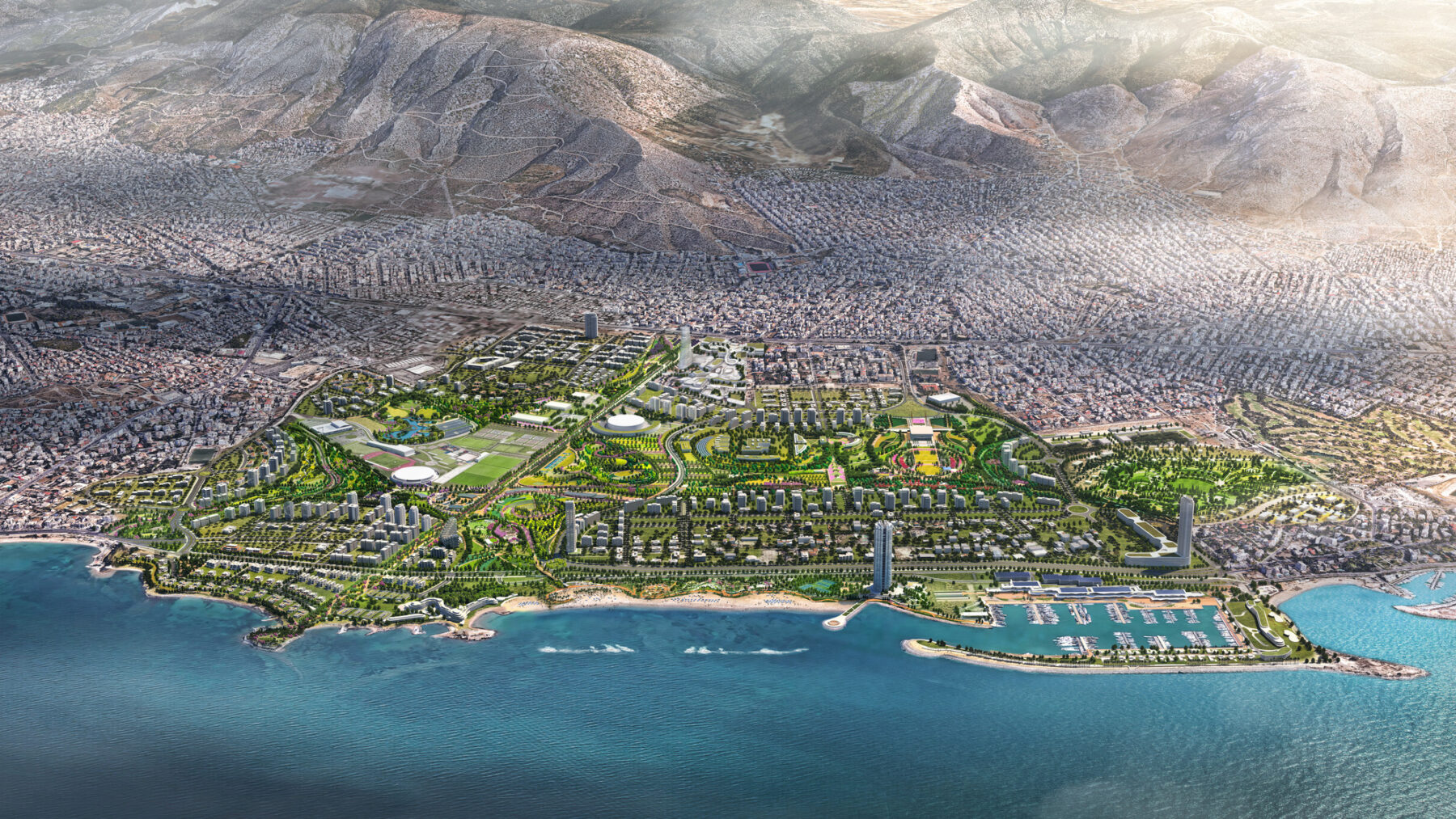
The Ellinikon Park, Athens, Greece
In our survey so far, 95% of respondents have stated that sustainable design is a factor when they look at job opportunities, and 73% say it’s very important or a deal breaker. To what extent would you say that Sasaki’s reputation attracts sustainable design talent?
TW: To some degree it does, because we’re known for doing net zero, carbon buildings. I am not involved in hiring except for my own sustainability staff, but I do meet one on one with whoever’s new in the practice to do a new hire orientation for sustainability. That’s an opportunity to hear each person’s sustainability story and get a sense of their skill sets. It’s a very valuable investment that the firm is making to have my staff and myself spend that time and identify how new staff can support the practice in sustainability, and how we can support them in their growth in this respect.
What observations have come out of that?
TW: I am continually impressed with the entry level hires. The youngest people in the door are the most passionate about sustainability. Their elders have other worldviews. Also, because they swim in the sea of technology, they are fluent in many of the apps that help measure energy, embodied carbon, and other resilience features. They are also very open to learning new ones and that is a huge boon.
The 20-somethings and 30-somethings in our office are leading the way. It’s an opportunity for them to develop professionally and play a leadership role at a relatively young age compared to other aspects of this profession. Architects mature very slowly, but sustainable design is where young people can make an impact quickly and earn the respect of their elders in the firm.
What do you anticipate is the most important sustainable design skills by 2030?
TW: Brief advocacy, client advocacy and championing, but also retrofit and reuse, which has to do with regenerative design. We have to reuse and restore existing assets before we build new. In our Higher Ed campus decarbonization plans, right sizing the campus is our most important sustainability tool. We have to make sure every space is fully utilized and if not, renovate it for that purpose before we even think about building new.
Sasaki’s usual recommendation is build the new building as the most complex one, like labs. Take the old lab building, convert it to a classroom. Take the old classroom building, convert it to offices. Take the old office building and convert it into meeting spaces. You upcycle every building you can to its best and highest use, and then you only build what you absolutely have to.
To what extent do sustainability skills or experience play into hiring?
TW: It’s one of many factors. We look for many things: design excellence, technical skill, communication, management, drawing ability, and sustainability can often overlap with those. My goal is to integrate [sustainability] into everything. It is certainly asked about, but I can’t tell you that it’s the top priority.
Can you can you describe what a perfect candidate looks like from a sustainability kind of lens?
TW: It’s someone who has developed expertise to inject sustainability considerations into everything they’ve done, either in practice or at university, and seeks out those opportunities.
Most firms now say they care about sustainability. Is there one actionable step that could be implemented tomorrow to embed more sustainable design into the hiring process?
TW: First of all, just ask the questions. What is your approach to sustainability? How does it reflect in projects? Do you have any certifications? What tools do you use in your work, in terms of apps and other programs? We should make it part of the hiring process to demonstrate our seriousness. Our hiring is much more open-ended – to formalise that would be great.
We seek out people who have those stories, and then we train up some fraction of our staff. Once someone demonstrates an interest and a capacity, we’ll teach them what they need to know. We look to younger staff for this role because of what we’ve just talked about in terms of skills and passion. It’s a leadership training opportunity, not just a technical skills opportunity.
How optimistic are you given what you see of the next generation coming through?
TW: The world is changing so rapidly and we’re in for some very uncertain times. We have to do the best we can: under promise to over deliver in this era right now.

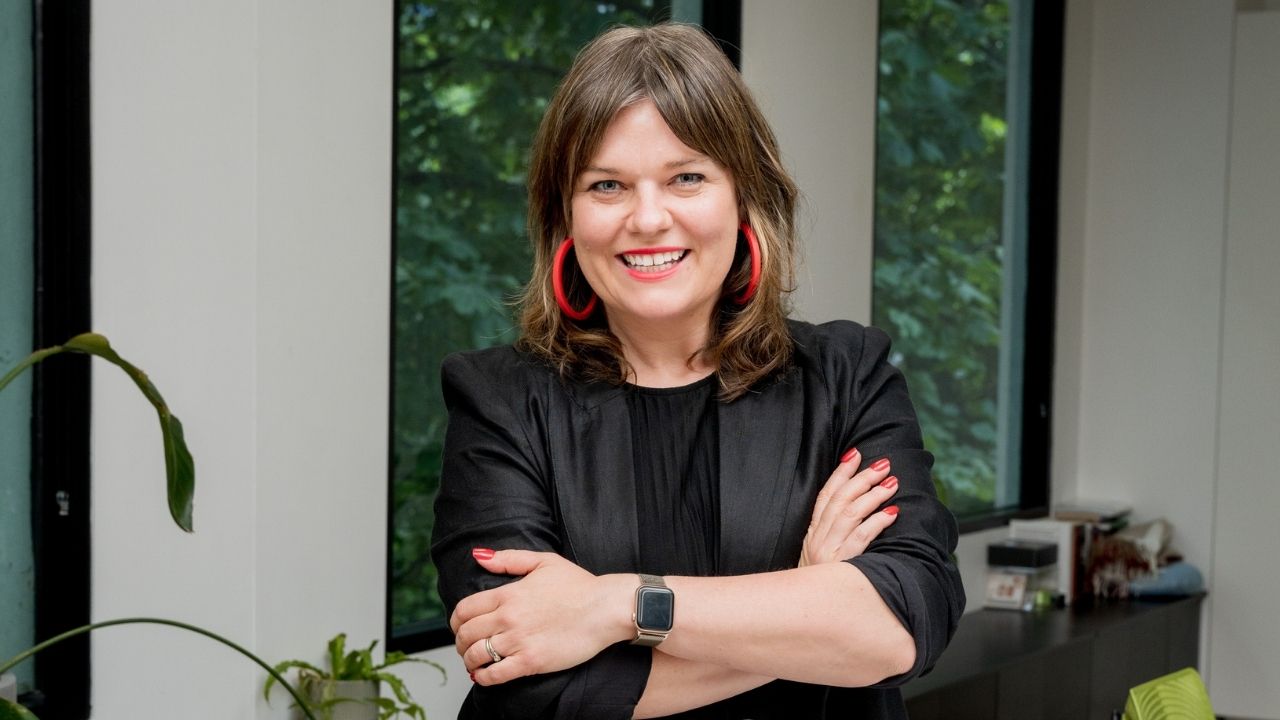
Looking to hire top talent
 or advance your career? Let's talk.
or advance your career? Let's talk.
We connect exceptional firms with talented professionals.
Let’s discuss how we can help you achieve your goals. Get in touch with the team today.
Related Posts

Bespoke Careers sponsors the AJ100 Employer of the Year Award, which recognises UK architectural firms with market-leading workplace cultures.
Lucy Cahill, Bespoke Careers London director and AJ100 awards judge, discusses what it takes for a firm to be recognised as Employer of the Year and the ingredients of HTA Design’s success.
Looking for insights into architecture salaries and design salaries in 2024? Our CEO and founder, Lindsay Urquhart, shares her thoughts on the global architecture and design market for 2024, and what to expect as the year unfolds.
With a new year comes a fresh calendar of exciting architecture and design events in the UK, and we can’t wait to attend as many of them as we can!
